Album opener “Atapos” was released as a single earlier in September, its sharply angular beats created by Björk and Indonesian duo Gabber Modus Operandi, one of whom has since had his contributions removed following #MeToo allegations. The song’s message is about growth towards connection. “To insist on absolute justice at all times / blocks connection” she sings, intoning “hope is a muscle” towards the end. A muscle we need to keep in good shape, despite the circumstances.
Her 10th album over a 30 year solo career, the big songs here are dedicated to her late mother, Hildur Runa – the seven-plus minutes of “Ancestress” is a point of high drama, of close connections, ancestry, legacy and final partings, set against a complex music comprising a ten-piece string section and a swarm of digital beats sparring with Soraya Nayyer’s percussion. On this song to her mother, she shares vocals with her son, Sindri Eldon. A snatch of Icelandic folk, “Fagurt Er í Fjörðum” features 45 seconds of lyrical Björk vocals set to an organ-like bassline before sinking into the doom-laden, deep-below-the-surface sounds of the six bass clarinets Björk arranges for “Victimhood”, its music moving through a myriad of step changes across almost seven minutes before stripping down to wordless, layered vocals.
A softer, lyrical musical landscape sprouts up around the basic “YES” of “Allow”, its lyrics and their tales of transformation and intent supported on the air of 12 flutes and the co-vocal of Norwegian singer Emilie Nicolas. It’s spectral, choral, abstract and lyrical, a song she’d left off her previous album, Utopia, and a very welcome presence here.
The miniature abstract, “Trola-Gabba” leads through sonic passages of what sounds like digitised babies howling into the strings and loved-up vibes of “Freefall”, a lyrical and erotic song pulled, stretched and turned inside out and hung up in the air like festival lights, her doubled-tracked vocals all but clashing teeth. “Our solar systems coalesced,” she sings over pizzicato strings, in an imagistic rush that’s fully dramatised by the music.
Theatrical, multi-layered, restless, searching, the music and songs of fossora are akin to four-dimensional sound sculptures; they have the capacity to talk to each other. But do I admire it rather than really like it? By the time you’ve reached “Fossora” (Latin for "hole digger"), when those massed oboe and clarinets give way to a pounding, eye-watering slab of electronics, you’ll feel like you need a bit of an interval too – it’s an intense and demanding experience. The lyrical abstractions of the vocal-rich closer, “Her Mother’s House”, features Björk duetting beautifully with her daughter, Isadóra Bjarkardóttir Barney, to a gorgeous lone cor anglais. It’s enough to send you right back to the beginning to start it all over again. It’s the best bit of the album.





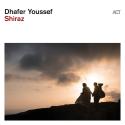


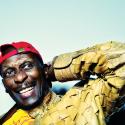
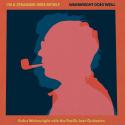
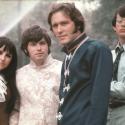
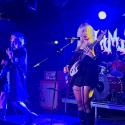
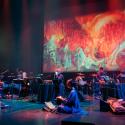
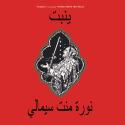
Add comment